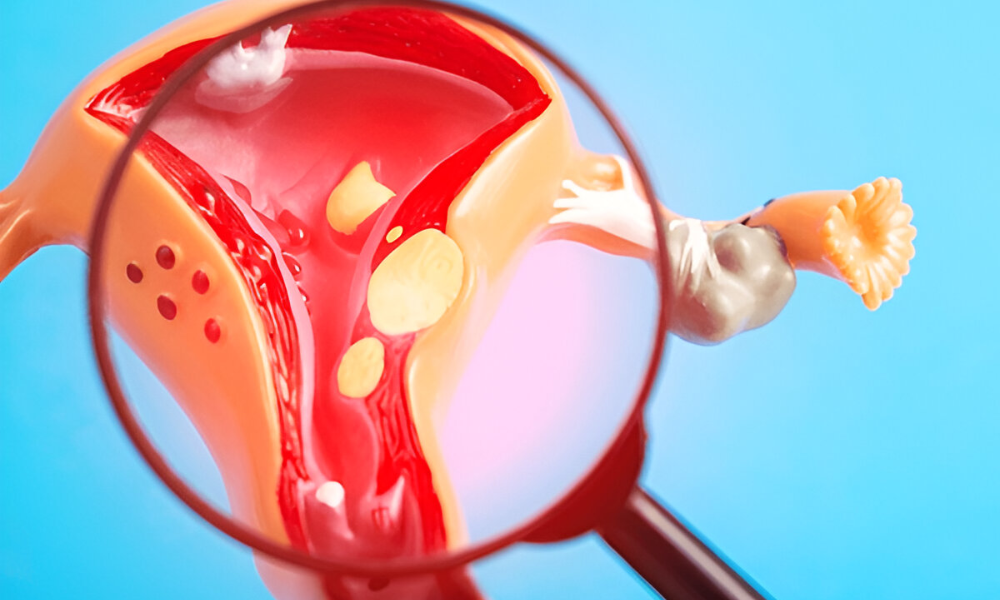Expert care for women undergoing hysterectomy, providing effective solutions for gynecological conditions.
A hysterectomy is a surgical procedure that involves the removal of the uterus. It is typically recommended for women with conditions that affect the uterus and cannot be treated with other methods. These conditions may include fibroids, cancer, endometriosis, or chronic infections. Depending on the medical need, a hysterectomy may involve the removal of the entire uterus or just part of it, such as the cervix or ovaries.

Hysterectomy procedures vary based on the medical condition and the extent of tissue removal required. Each type offers a tailored approach to address specific gynecological concerns while prioritizing patient recovery and overall health. The choice of procedure depends on factors such as the severity of symptoms, underlying conditions, and the patient’s reproductive goals.



Non-cancerous growths that cause pain, bleeding, and infertility.

A condition where tissue similar to the uterine lining grows outside the uterus, causing severe pain.

Uterine, ovarian, or cervical cancer may necessitate the removal of the uterus for better treatment outcomes.

Recurrent or severe infections that don’t respond to other treatments may require a hysterectomy.
A hysterectomy is a major surgical procedure typically performed under general anesthesia. The surgical method—abdominal, vaginal, or minimally invasive—depends on the patient’s condition and health. Before surgery, patients are advised to fast and undergo pre-operative evaluations. During the procedure, the uterus is removed, and in some cases, nearby structures like the cervix or ovaries may also be removed. Afterward, patients are closely monitored, given pain relief, and guided through recovery care.
The patient is asked to refrain from eating or drinking before the procedure. Anesthesia is administered to ensure comfort during surgery.
Regular follow-up consultations to track progress and make necessary adjustments to the treatment plan.
After the procedure, patients are monitored and provided with pain management. Recovery time varies depending on the type of surgery, with laparoscopic procedures offering faster recovery.
Hysterectomy is a vital solution for women with chronic or severe gynecological conditions. At Shai Raksha, we ensure personalized care, expert surgical support, and a smooth recovery journey tailored to each patient’s needs.
A hysterectomy is a surgical procedure to remove the uterus, often performed to treat chronic conditions such as fibroids, endometriosis, or uterine cancer.
Yes, types include total hysterectomy, subtotal (partial) hysterectomy, and radical hysterectomy, which may be done through abdominal, vaginal, or minimally invasive laparoscopic methods.
No, once the uterus is removed, menstruation stops permanently. If the ovaries are also removed, menopause may begin immediately.
We're here to provide answers to any questions you have about our services, treatments, or fertility care. Your health and comfort are our top priority, and we're ready to guide you every step of the way.